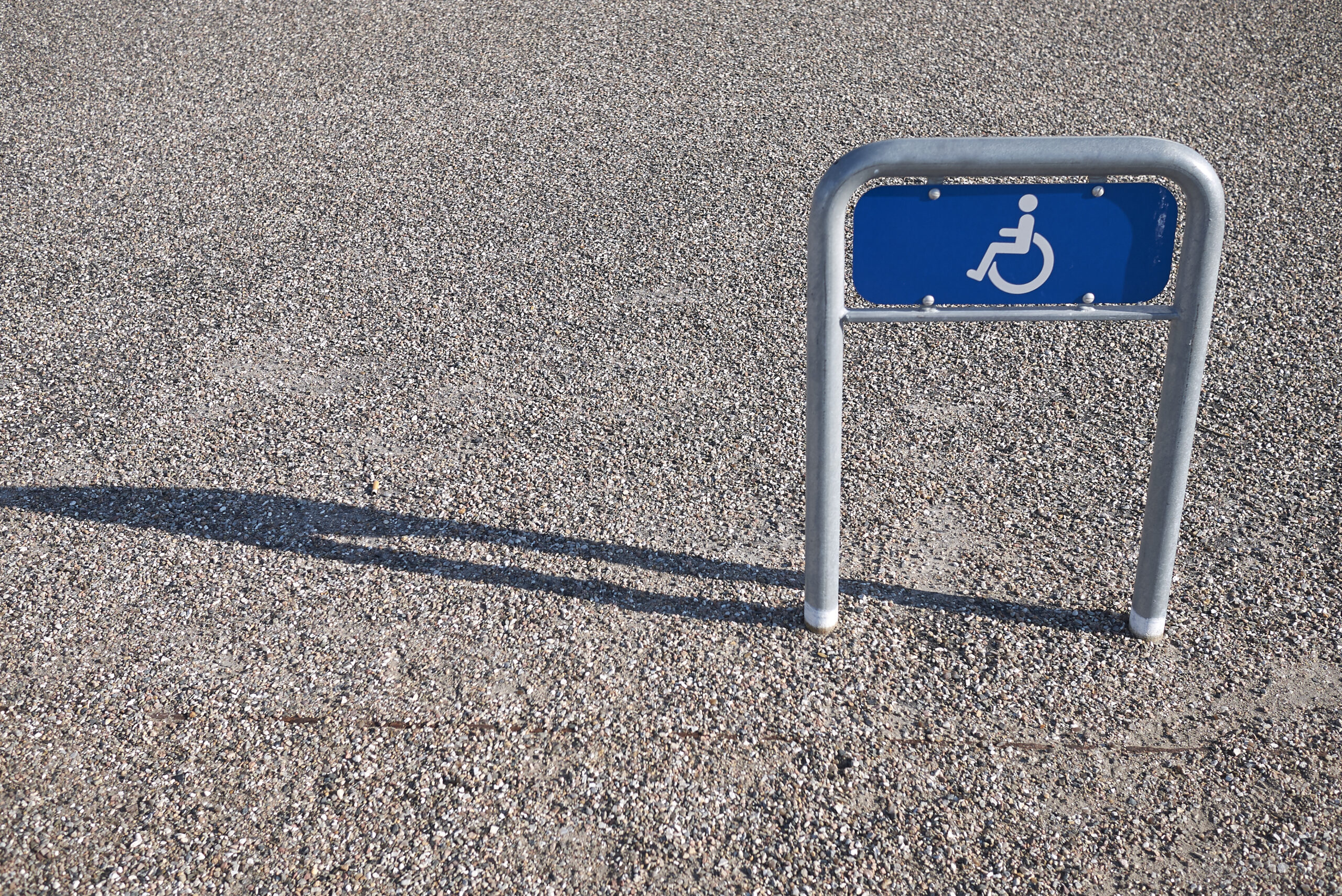The B.C. government is requiring certain public-sector organizations to establish their own accessibility committees to reduce barriers for people living with disabilities, effective Sept 1.
The organizations include school districts, post-secondary institutions, public libraries and local governments.
“The focus is on making our province more inclusive because a barrier-free B.C. is a stronger B.C.,” the Ministry of Social Development and Poverty Reduction said in a statement.
More than 926,000 British Columbians live with a disability, according to the province.
The new government regulation under the Accessible British Columbia Act, first announced in April of this year, came into effect in June 2021 and seeks to remove barriers and create accessibility standards throughout the province.
“We are committed to ensuring people with disabilities are central in the work to implement the Accessible B.C. Act,” the ministry said.
 Organizations will need an accessibility committee, a plan, and a way to receive feedback and have one year to complete the work.
Organizations will need an accessibility committee, a plan, and a way to receive feedback and have one year to complete the work.
The government says committees will help improve accessibility standards related to the current and future urban design of the organizations.
“There are new approaches emerging in the field of urban design that are expected to offer improvements over what currently exists,” the ministry said.
When asked about the types of design changes envisioned, the government said they would be determined in future phases as development standards are set.
People with disabilities call for more accessible cities
The new accessibility regulation is welcomed by advocates like Kristi Leer, a wheelchair user from Fort Nelson in northeastern B.C., who says it’s been a long time coming.

“If it’s put in the right manner, and people are brought in to integrate it with each other, this act is going to be huge and change lives,” she said.
She said it’s important to seriously consider how different regions across the province may have distinct needs, from more accessible parking to better support services for people living with disabilities.
“You can’t pave the way for somebody unless you involve them in the construction of what you’re doing … [otherwise], it’s going to fail,” she said.
Vince Miele has been in a wheelchair for 50 years. He says about 50 per cent of the time he is still struggling to find accessible parking for his van, which has a ramp.
Read: How to modify your home for someone with physical disabilities
“It’s more than frustrating. It’s disappointing. It’s disheartening,” said the Richmond resident. “I’d like to see cities look at what the need is today rather than what the need was 40 years ago.”
 A recent engagement report by the City of Vancouver highlights the call from people living with disabilities for a range of changes, such as more accessible housing, parking lots, public washrooms and sidewalk repairs.
A recent engagement report by the City of Vancouver highlights the call from people living with disabilities for a range of changes, such as more accessible housing, parking lots, public washrooms and sidewalk repairs.
Lower city signs and vibration alarm systems at crosswalks can better support people who are visually impaired, according to the report.
Collaboration goes a long way, planner says
The City of Vancouver says it’s considering those factors as it develops the Vancouver Accessibility Strategy, a plan to make city infrastructure, facilities and services more accessible.
The Vancouver Accessibility Strategy was a 2018 council motion, according to the city.
City of Vancouver accessibility planner Karen Lai agrees the best way to improve accessibility in cities is to involve more people living with disabilities like herself in the planning process.
“It’s the concept of nothing about us without us. The people that live with disability need to be part of the process of developing a strategy that works with the community.”
The city says staff have so far shared “promising practices and reflections” on how to address accessibility challenges.
“We are looking at a broad spectrum of disability,” said Lai, “It’s definitely needed.”
The ministry says the new requirement has provisions for enforcement that won’t activate until it adopts accessibility standards. It says it’s working on developing them and anticipates it will take at least two years.
Source: CBC

